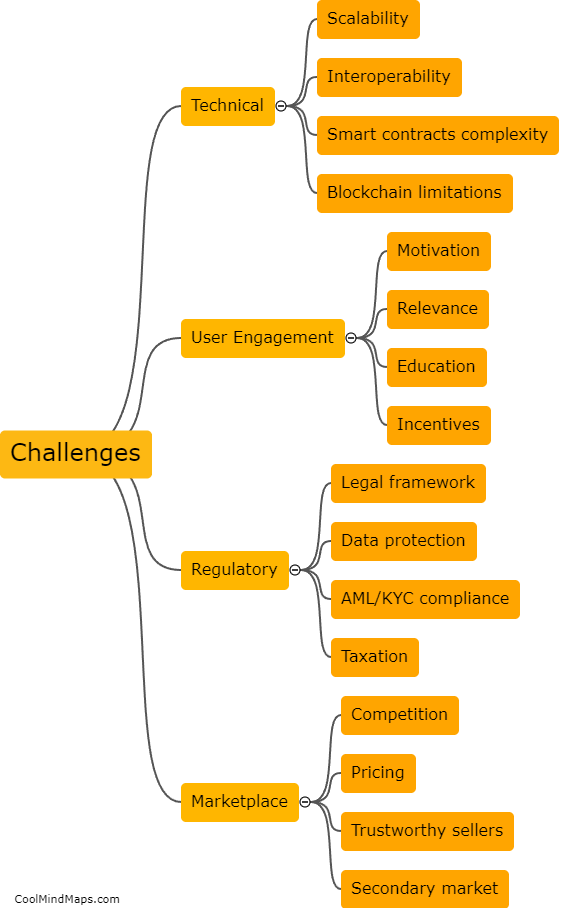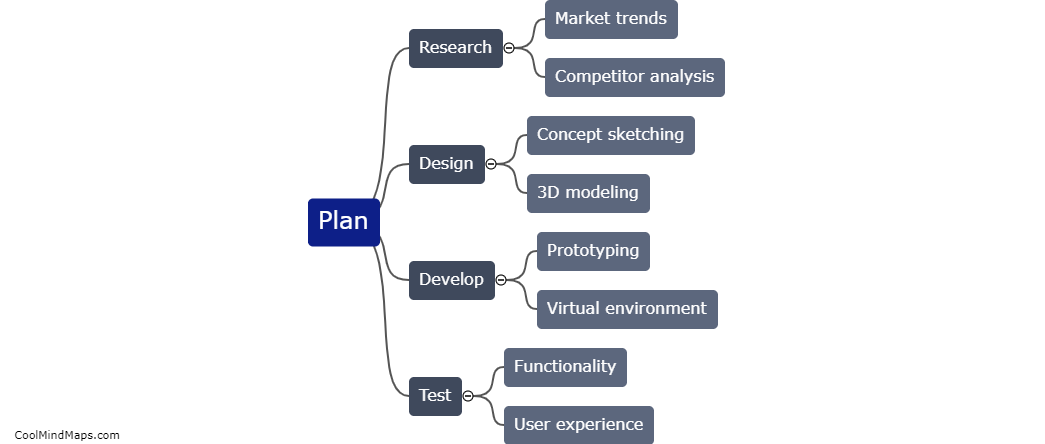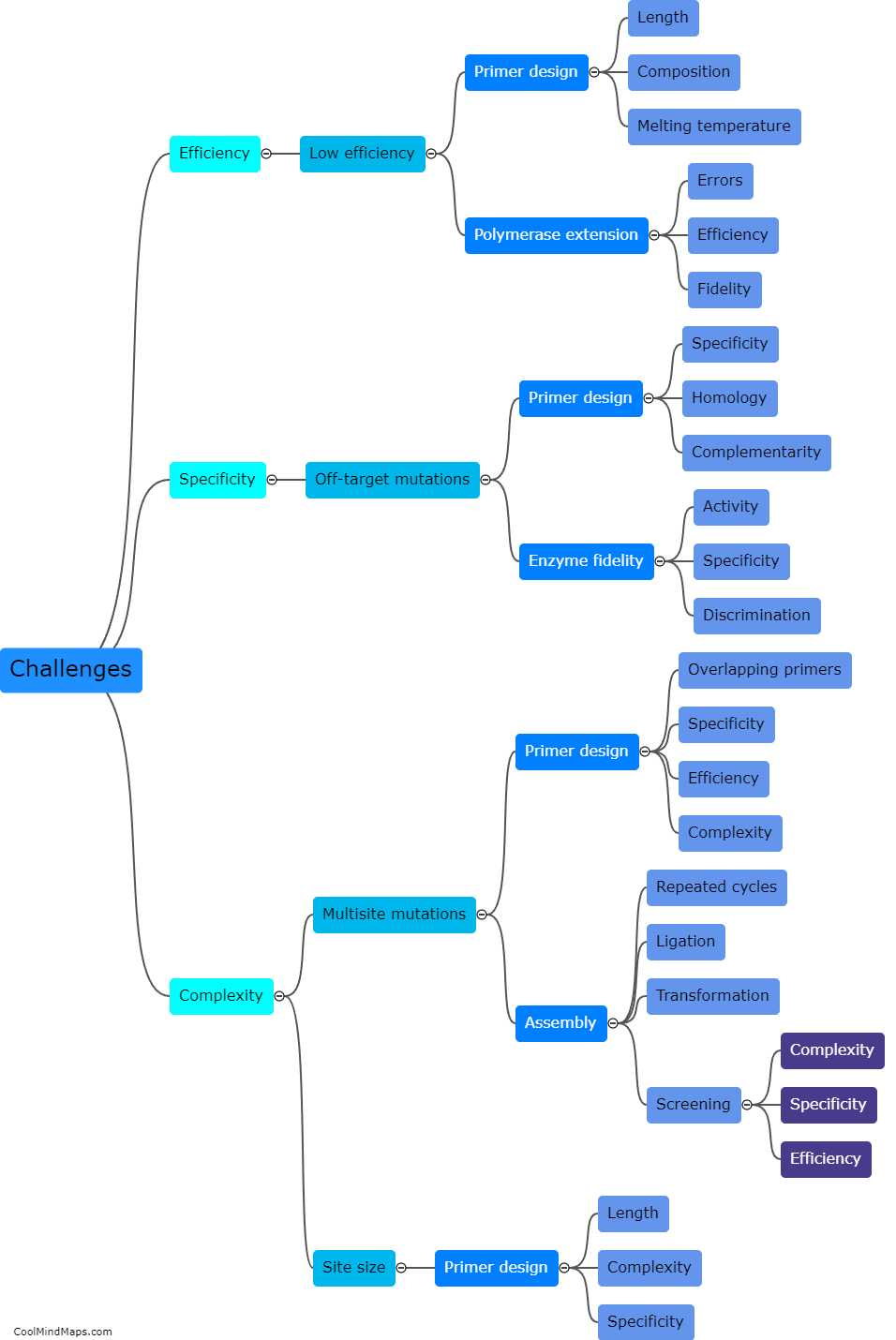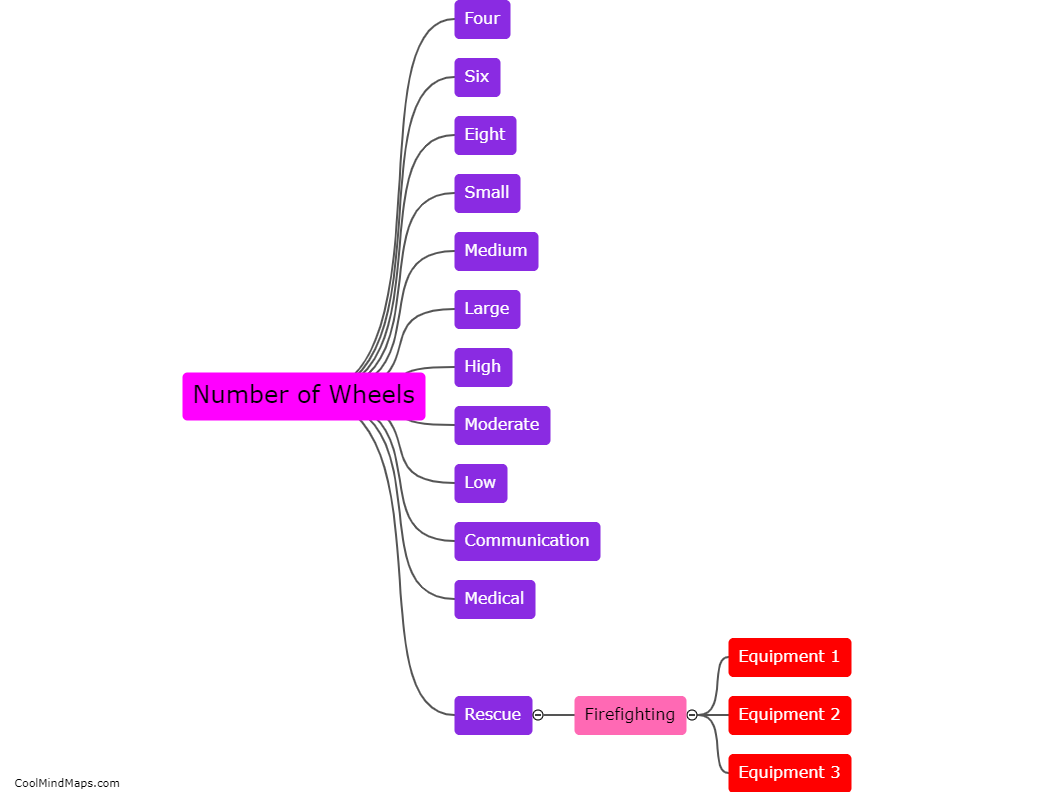What are the applications of site directed mutagenesis?
Site-directed mutagenesis is a powerful tool in molecular biology that allows researchers to introduce specific genetic changes at desired locations in DNA or RNA sequences. This technique has a wide range of applications in various fields. In basic research, it is utilized to study the structure-function relationship of proteins and enzymes by introducing targeted mutations and observing the resulting phenotypic changes. It also facilitates the investigation of disease-causing mutations and their impact on protein function. Site-directed mutagenesis is invaluable in protein engineering, enabling the production of modified enzymes with enhanced properties, such as increased stability, altered substrate specificity, or enhanced activity. Moreover, it plays a crucial role in the development of recombinant DNA technology, gene therapy, and the production of biopharmaceuticals. Overall, site-directed mutagenesis offers a versatile and precise means of manipulating genetic information, contributing to advancements in various fields of biology and medicine.
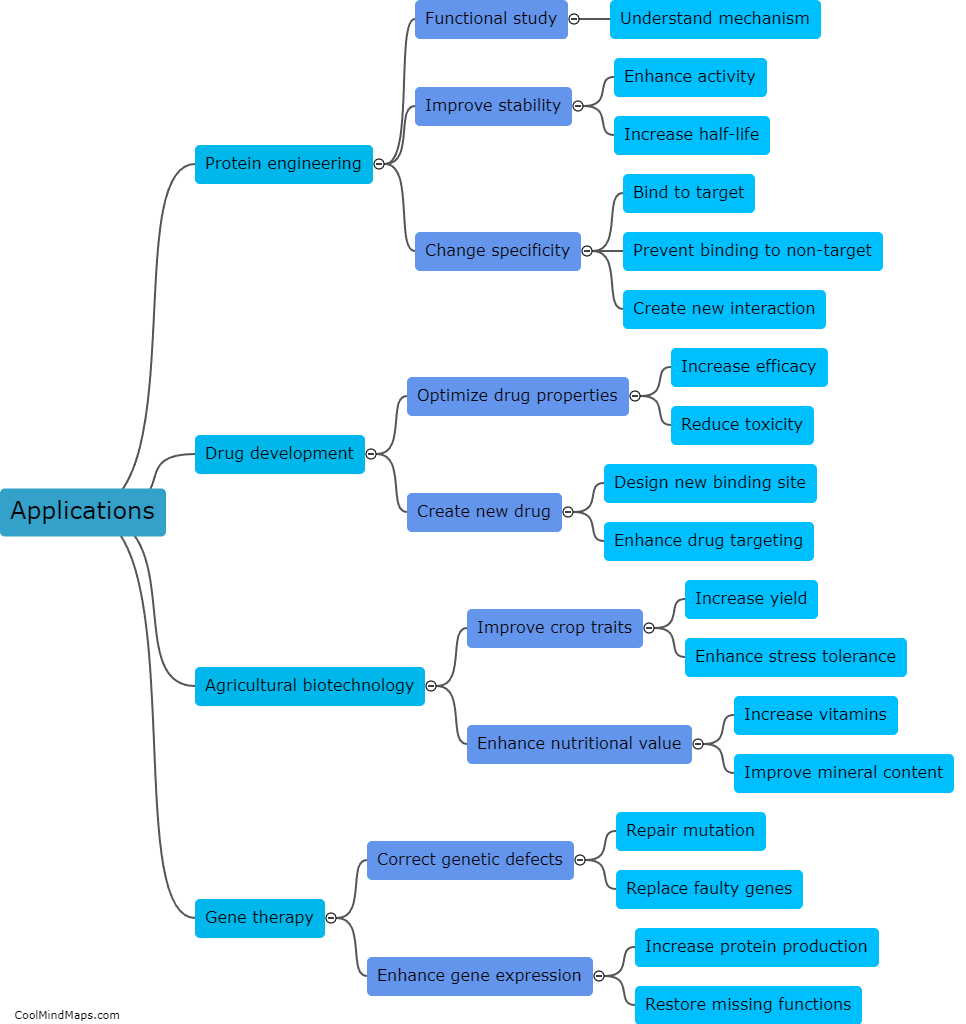
This mind map was published on 26 November 2023 and has been viewed 100 times.


